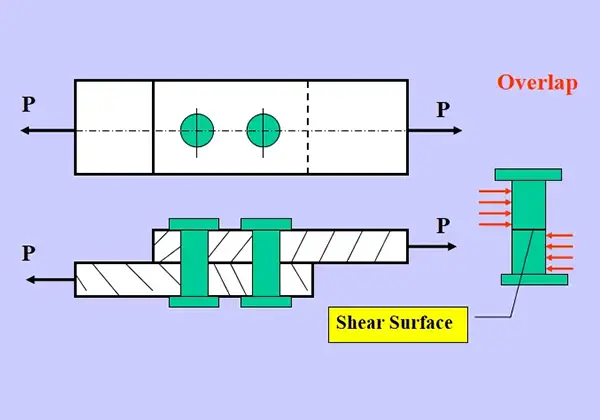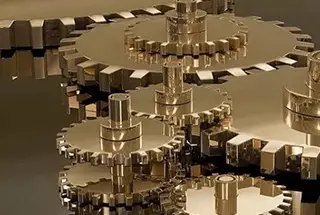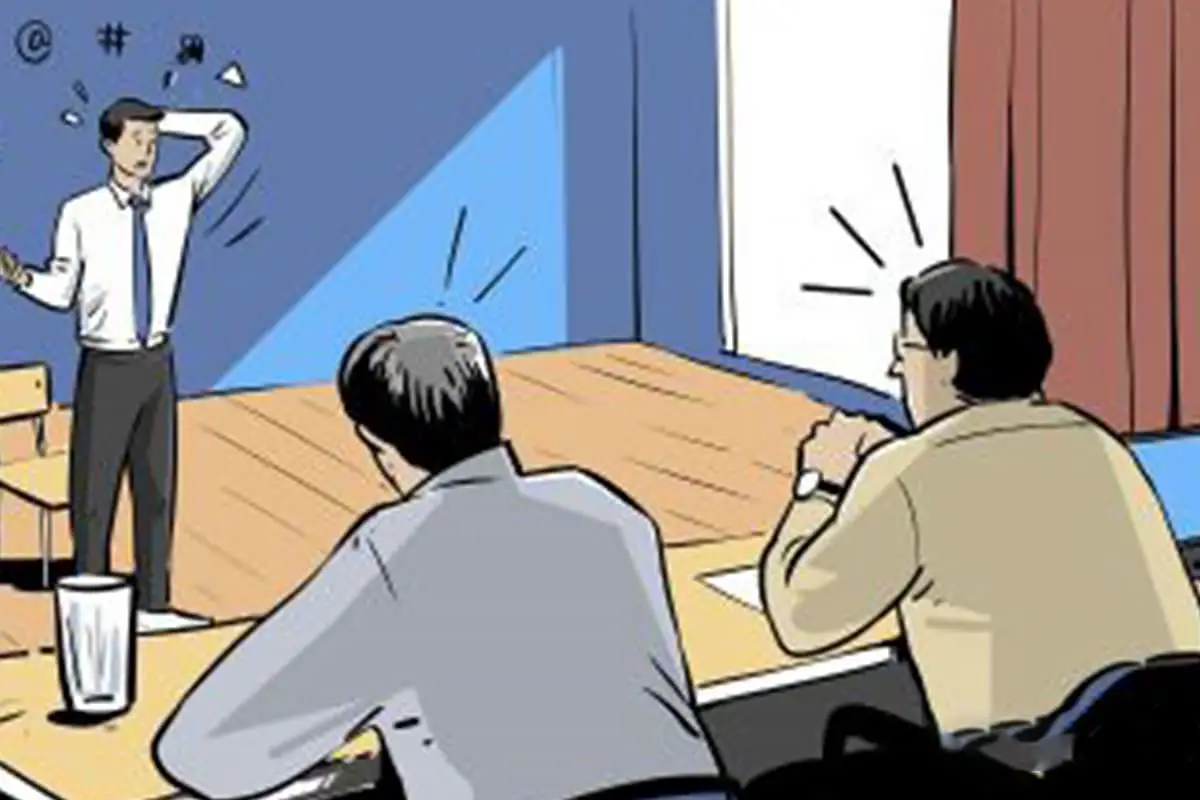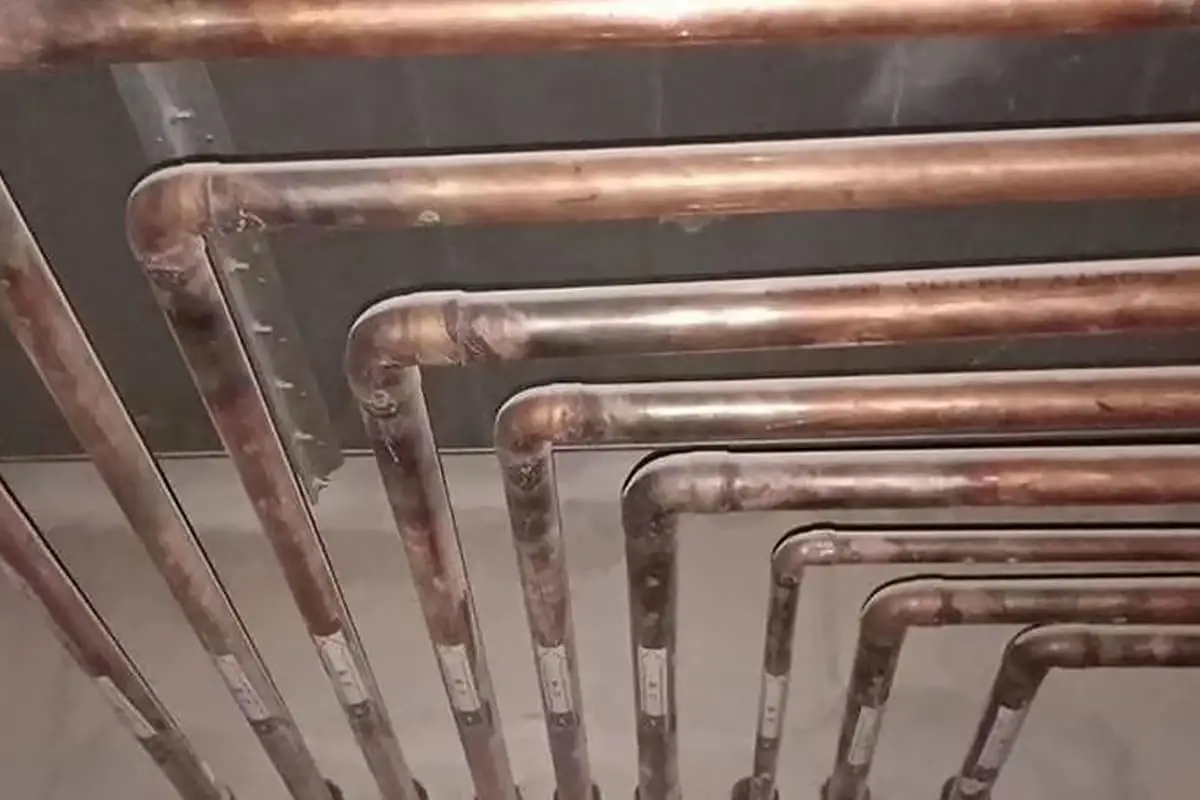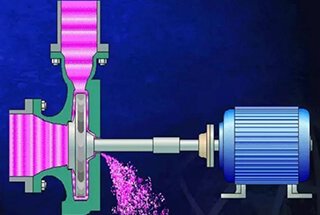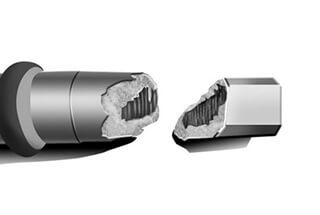
What makes materials like POM, PTFE, and Nylon vital for non-standard machinery? This article explores eight commonly used non-metallic materials that are indispensable in various mechanical applications. From the wear resistance of Nylon to the temperature tolerance of PTFE, each material brings unique properties that enhance the performance and longevity of machinery. Dive into the specifics and learn how these materials are transforming industrial design and functionality.

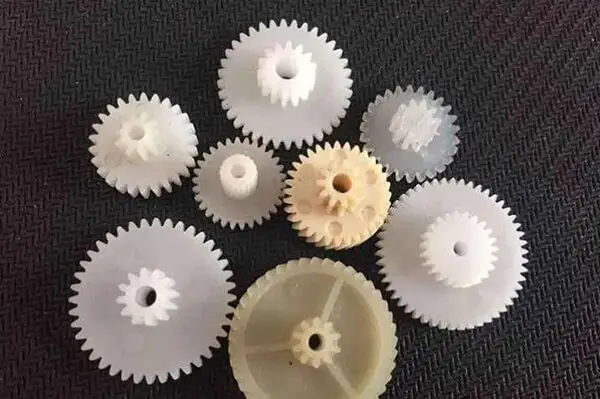
POM (Polyoxymethylene), also known as acetal or polyacetal, is a high-performance engineering thermoplastic widely utilized in precision machinery and industrial applications due to its exceptional properties. This semi-crystalline polymer exhibits a unique combination of mechanical strength, dimensional stability, and chemical resistance.
The surface of POM is characterized by an inherently low coefficient of friction (typically 0.2-0.3) and excellent wear resistance, making it ideal for applications involving moving parts. Its operational temperature range spans from -40°C to 100°C (-40°F to 212°F), allowing for versatility in various environmental conditions. In some formulations, POM can even withstand intermittent exposure to temperatures up to 140°C (284°F).
One of POM’s most valuable attributes is its outstanding dimensional stability. It demonstrates minimal water absorption (less than 0.2% in 24 hours) and a low thermal expansion coefficient, enabling it to maintain tight tolerances even under fluctuating conditions. When machined or molded under controlled temperatures, POM components can achieve and maintain working accuracies of up to 0.03mm (0.0012 inches), which is crucial for high-precision applications.
POM’s excellent machinability and moldability make it suitable for producing complex geometries with tight tolerances. It is frequently employed in the manufacture of lightweight, high-performance components such as gears, bearings, bushings, cams, and intricate mechanical parts. In gear applications, POM offers good fatigue resistance and low noise operation, often outperforming metal alternatives in certain scenarios.
Additionally, POM’s chemical resistance to a wide range of solvents, fuels, and lubricants further expands its applicability in diverse industrial environments. Its combination of properties makes it an ideal material for replacing metal components in many instances, offering weight reduction without compromising on performance or durability.
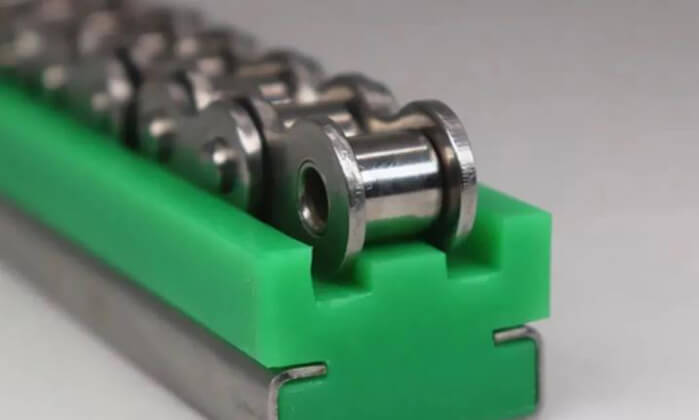
PTFE (Polytetrafluoroethylene), often referred to as “Plastic King” or “Teflon”, is a high-performance fluoropolymer with exceptional properties. It exhibits remarkable thermal stability, maintaining its characteristics across an extensive temperature range from -180°C to 260°C (-292°F to 500°F), making it suitable for extreme environmental conditions.
One of PTFE’s most notable attributes is its incredibly low coefficient of friction, measuring approximately 0.04 when in contact with steel. This value approaches that of rolling friction, resulting in minimal wear and energy loss in mechanical systems. Additionally, PTFE boasts unparalleled chemical resistance, capable of withstanding virtually all organic solvents and corrosive substances, positioning it as one of the most inert materials available in industrial applications.
Despite its numerous advantages, PTFE presents certain challenges in manufacturing and application. Its relatively low hardness and high plasticity can lead to deformation under load, limiting its use in high-precision components where dimensional stability is critical. Moreover, its non-stick properties, while beneficial in many applications, can complicate bonding and adhesion processes.
In mechanical engineering, PTFE finds extensive use in tribological applications, particularly as a material for wear-resistant components. Common implementations include chain guide rails, where its low friction properties enhance system efficiency, and W-type (Wiper) sealing rings, leveraging its chemical resistance and self-lubricating characteristics. Advanced applications also include bearings, slide bearings, and dynamic seals in aggressive environments.
To overcome some of PTFE’s limitations, composite materials incorporating PTFE with fillers such as glass fibers, carbon, or bronze have been developed. These composites often offer improved mechanical properties while retaining many of PTFE’s beneficial characteristics, expanding its range of applications in precision engineering and high-load scenarios.
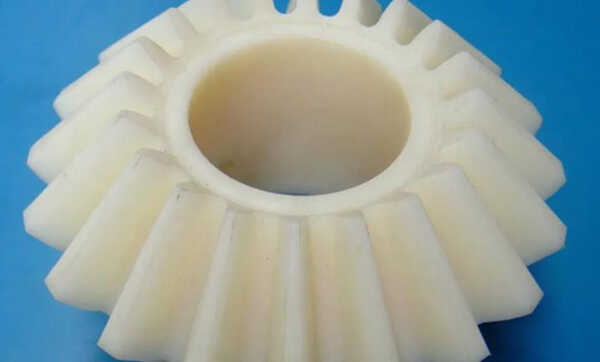
Nylon is a versatile engineering thermoplastic widely employed in non-standard machinery applications, primarily due to its excellent wear resistance and inherent self-lubricating properties. At elevated temperatures, nylon outperforms conventional lubricating oils, exhibiting a remarkably low coefficient of friction. This characteristic makes it particularly valuable in high-temperature environments where traditional lubricants may break down or lose effectiveness.
The material’s ability to maintain high geometric accuracy during and after processing contributes to its suitability for manufacturing precision components such as gear bearings, bushings, and other critical machine parts. This dimensional stability, coupled with its self-lubricating nature, often results in reduced maintenance requirements and extended component lifespan.
However, it is crucial to consider nylon’s limitations in specific operating conditions. The material has a temperature resistance threshold of approximately 160°C (320°F) for continuous use, beyond which its mechanical properties begin to degrade. This temperature limit varies slightly depending on the specific nylon grade (e.g., Nylon 6, Nylon 6,6, or Nylon 12) and any reinforcing additives.
Another significant consideration is nylon’s hygroscopic nature, meaning it readily absorbs moisture from its environment. This water absorption can lead to dimensional changes, typically expansion, which may compromise the accuracy and performance of precision-engineered parts. The extent of this expansion can vary from 0.6% to 2.4% by volume, depending on the nylon type and environmental conditions. This characteristic necessitates careful design considerations, such as incorporating moisture barriers or selecting moisture-resistant grades of nylon for applications where water exposure is likely.
To mitigate these limitations, engineers often employ strategies such as using glass-fiber reinforced nylon grades for improved temperature resistance and dimensional stability, or implementing proper sealing and environmental control measures to minimize moisture absorption in critical applications.

Polyethylene (PE) is a versatile and cost-effective thermoplastic polymer widely utilized in various industrial applications, including non-standard machinery components. Its excellent chemical resistance, low friction coefficient, and high impact strength make it suitable for wear parts, bushings, and lightweight structural elements.
Polyvinyl Chloride (PVC) is available in both anti-static and non-static formulations, offering diverse applications across industries. Anti-static PVC is particularly valuable in electronic manufacturing, where it is commonly employed in components like anti-static conveyor belts to prevent electrostatic discharge (ESD) damage to sensitive electronic parts. PVC’s versatility extends to its physical properties, with both rigid and flexible variants available.
Rigid PVC, such as engineering-grade tooling board, exhibits high strength-to-weight ratio and dimensional stability, making it ideal for load-bearing applications in prototyping, fixturing, and mold-making. It typically has a heat deflection temperature (HDT) range of 75-90°C, allowing for use in moderately elevated temperature environments. However, it’s crucial to consider that the actual working temperature should be lower to maintain structural integrity and prevent deformation under load.
While PVC offers numerous advantages in industrial applications, it is imperative to note its limitations, particularly in food-contact scenarios. At elevated temperatures, PVC can potentially release harmful substances, including carcinogenic compounds. Therefore, it is strictly advised against using PVC in direct contact with food or in food processing equipment. For such applications, food-grade polymers like high-density polyethylene (HDPE) or polypropylene (PP) are more appropriate choices, as they comply with FDA and EU food contact regulations.
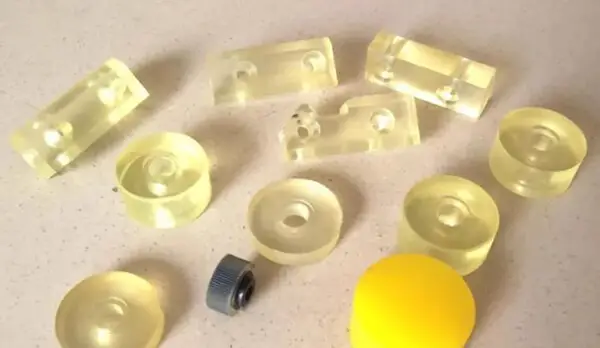
Polyurethane (PU), also known as “Youli Adhesive,” is a versatile elastomer that combines exceptional properties, making it invaluable in industrial applications. Its unique molecular structure provides excellent oil resistance, high toughness, superior wear resistance, remarkable aging resistance, and strong adhesion capabilities. PU’s distinctive characteristic lies in its ability to balance the rigidity of plastics with the elasticity of rubber, offering a wide range of hardness options (typically from 10 Shore A to 95 Shore A) to suit diverse industrial needs.
In the material handling and manufacturing sectors, polyurethane is extensively utilized for various types of wheels due to its load-bearing capacity and durability. Common applications include:
Beyond wheel applications, polyurethane’s versatility extends to numerous industrial components:
The adaptability of polyurethane formulations allows for tailored solutions in terms of hardness, resilience, and chemical resistance, making it an indispensable material in modern industrial design and manufacturing processes.

ABS (Acrylonitrile Butadiene Styrene) plastic is a terpolymer composed of three distinct monomers: acrylonitrile, butadiene, and styrene. The proportions of these monomers can be precisely tailored to engineer ABS resins with specific properties, allowing manufacturers to optimize the material for various applications. Typically, ABS contains 15-35% acrylonitrile, 5-30% butadiene, and 40-60% styrene.
In industrial machinery, ABS is extensively utilized for manufacturing general-purpose parts, high wear-resistant components, and critical transmission elements. Its unique combination of mechanical strength, impact resistance, and chemical stability makes it ideal for these applications. For instance, ABS is often employed in gears, bearings, and housings where durability and dimensional stability are crucial.
Furthermore, ABS has emerged as one of the most prevalent materials in additive manufacturing, particularly in Fused Deposition Modeling (FDM) 3D printing. Its thermal stability, with a glass transition temperature around 105°C, ensures minimal warping during printing. The material’s versatility is evident in its ability to be easily post-processed, including sanding, painting, and bonding. This adaptability, coupled with its relatively low cost and good layer adhesion properties, has solidified ABS’s position as a go-to material for both prototyping and end-use parts in various industries, including automotive, aerospace, and consumer electronics.
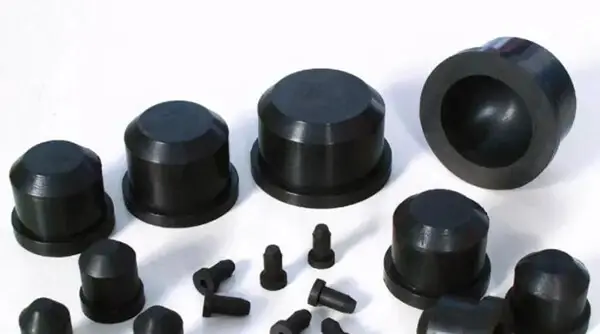
Rubber is a highly elastic polymer material characterized by its exceptional ability to undergo reversible deformation. This unique property makes it invaluable in various industrial applications, particularly in machinery components. When applied as a coating on drums, rubber significantly enhances the friction coefficient, providing crucial benefits such as increased traction, improved wear resistance, and superior sealing performance.
In manufacturing and mechanical systems, rubber coatings on drums serve multiple purposes:
Rubber finds extensive use in critical sealing applications, such as oil seals and O-rings, where its elasticity and conformability are paramount. However, it’s important to note that rubber is susceptible to aging over time, a process known as elastomer degradation. This degradation can manifest in several ways:
To mitigate these aging effects and ensure optimal performance, proper material selection, regular inspection, and timely replacement of rubber components are essential in industrial applications. Advanced rubber compounds and surface treatments can also be employed to enhance longevity and resistance to environmental factors.

Phenolic plastic, also known as phenolic resin, is a thermoset polymer renowned for its high mechanical strength, excellent electrical insulation properties, and good wear resistance. It is available in both anti-static and non-static formulations, offering versatility for various industrial applications.
This material is widely used in the manufacturing industry for tooling boards, fixture base plates, and lightweight structural components. Its heat resistance and dimensional stability make it particularly suitable for applications in high-temperature environments. However, phenolic plastic has limitations in terms of mechanical performance and precision after machining, which can affect its suitability for high-load and high-precision applications.
While phenolic plastic exhibits good overall strength, its brittleness and tendency to chip during machining can lead to reduced accuracy in finished parts. This characteristic makes it less ideal for components that require tight tolerances or bear significant loads. For applications demanding superior mechanical properties and high dimensional accuracy, alternative materials such as engineering plastics (e.g., PEEK, POM) or metals might be more appropriate.

